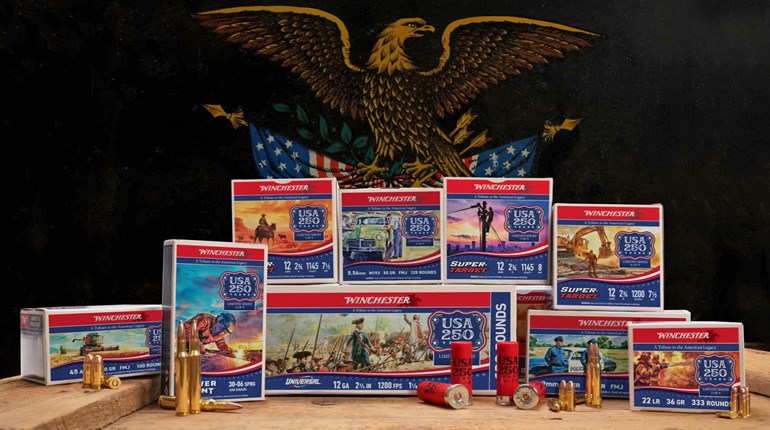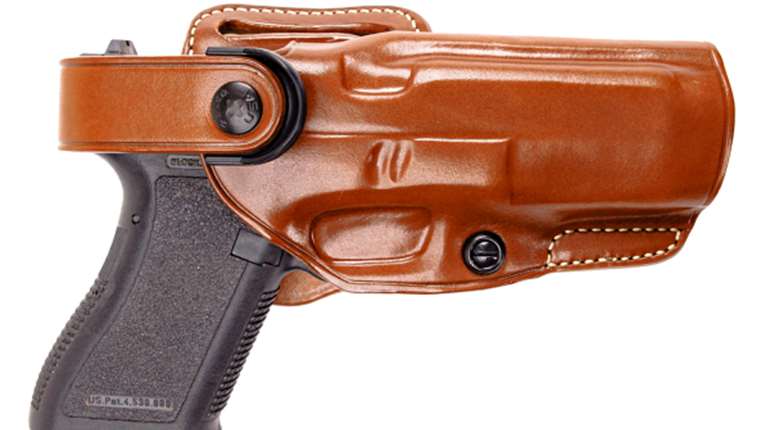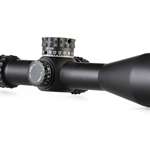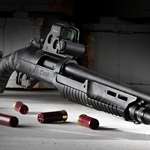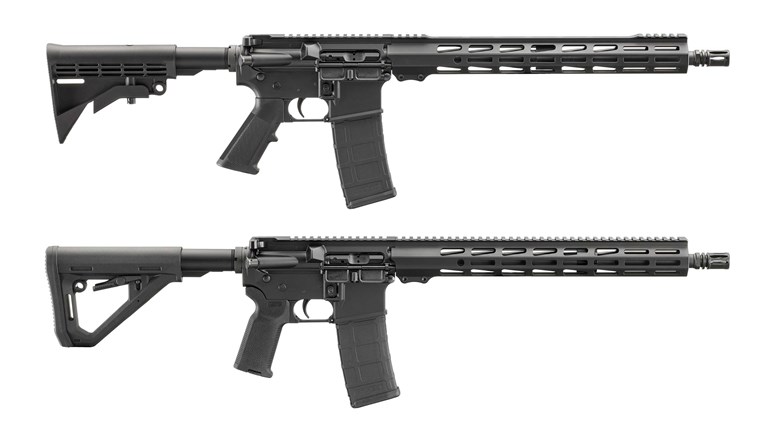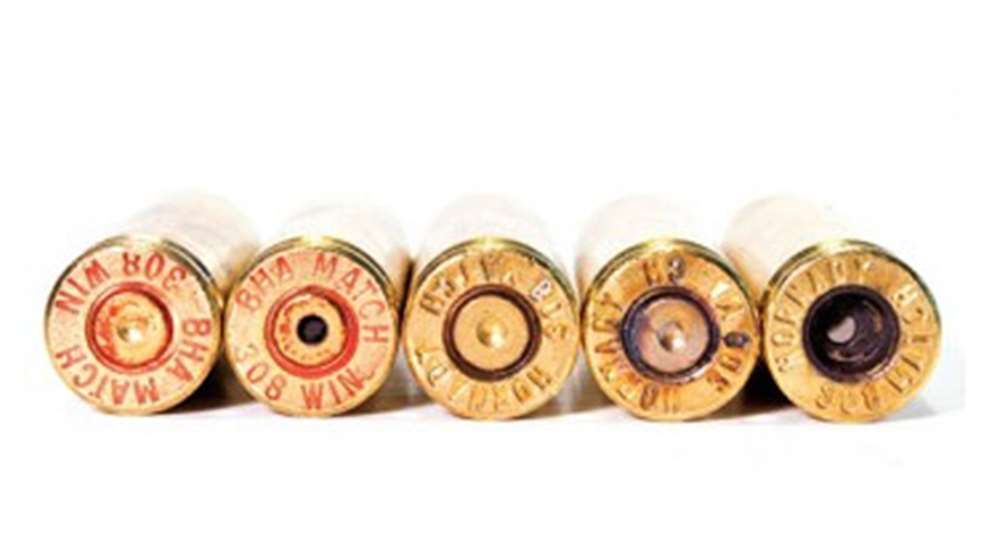
Years ago, some smart guy speculated the cause of a particular problem; it made good sense and before long it became as accepted as Bible verse. To some extent, I imagine this is because the average shooter has no way to definitively evaluate internal ballistics and measure pressure. For most of my handloading life, I've heard a pierced primer or a primer that pops out of a fired case is a sign of excessive pressure. Truth is, neither are proof positive of high pressure.
Most every commercially manufactured cartridge has a maximum average pressure (MAP) established by the Sporting Arms and Ammunition Manufacturer's Institute (SAAMI). These limits are determined by a number of things, but pressure that exceeds MAP will not necessarily blow up guns or even cause signs of high pressure.
A number of rifle cartridges are loaded to low pressures—less than 50,000 psi. SAAMI feels this is necessary due to older firearms chambered for these cartridges. Examples include the .300 Savage and the .35 Rem., both of which can safely be loaded beyond the pressure limits established by SAAMI if they are fired in modern bolt-action rifles.
There are high-pressure cartridges that operate just under 70,000 psi, like the short-, super-short and ultra-magnums. With pressures beyond 70,000 psi, expect to see signs of high pressure as mild as a leaking primer to as catastrophic as a gun that becomes permanently disassembled. Regardless of the cartridge, 70,000 psi is approaching the limit of cartridge brass.
It's long been accepted that a primer popping out of a case when a round is fired is an absolute indication of high pressure. This is usually referred to as "blown" primer. However, it can also occur because a gas-operated, semi-automatic rifle is not properly timed. In other words, the bolt unlocks before the case releases its hold on the chamber, and the primer pops out. It's not an entirely unusual occurrence with AR-10s. Jeff Hoffman with Black Hills Ammunition refers to these as "dropped" primers.
How do you tell the difference? Hoffman explained with a blown primer, you'll generally see a lot of soot or powder residue around the primer pocket. A more definitive determination is to see if the primer will fit back into its pocket. In the case of a dropped primer, it won't because the case didn't expand due to high pressure. A blown primer will fit back into the pocket, which expanded due to excessive pressure.
The other day I was testing a rifle from Accuracy International and blew a primer. I thought I knew the culprit but contacted Hornady with the lot number of the ammo just to be sure. It verified the ammo had been tested and produced pressures between 58,200 and 60,200 psi. SAAMI MAP for the .308 Win. is 62,000 psi. The problem was not the ammunition.
When primers are truly blown, this is almost always a sign of high pressure, but it does not necessarily mean the ammo is to blame. Dave Emary, Hornady's chief ballistics scientist, says excessive headspace can cause primers to back out or even pop out completely. There can be other culprits, like a rifle chamber cut very tightly, a throat cut too short or a barrel with a tight bore. On rare occasions, the cartridge brass might not have been properly annealed. Temperature can also be an issue, and this was my suspicion.
It was in the high 90s while I was shooting. I was running the rifle hot, and the ammo was in the sun, too. As temperature increases, pressure rises. I suspect the problem was the result of temperature combined with a tight chamber, throat or bore, or maybe all the above.
Pierced primers are also often considered a sign of high pressure. A pierced primer is where the firing pin punches through the wall of the primer cup. It's unmistakable when you see it; what's not is why it happened.
For example, a few months back I was field-testing a new rifle and saw pierced primers with a particular type of ammunition at a rate of about three shots out of 10. The designer of the rifle blamed the ammunition, saying it was "hot," loaded to pressures beyond SAAMI MAP. I doubted this because I'd been using the same ammo from the same lot in other rifles without issue. I suggested a problem with the firing pin, but this was met with skepticism. In the field that afternoon, I stripped the bolt and worked the firing pin with a file. The problem vanished.
According to Hoffman, firing pins can be too sharp or too long. Sometimes the aperture—the hole in the bolt the firing pin passes through—can be too large. It's easy to see how a sharp or lengthy firing pin might pierce a primer, but what about a firing-pin hole that's too large? What happens is the primer cup flows around the firing pin and into the aperture. The cup thins and lets the firing pin, or the hot gases on the other side of the primer, punch through.
Western Powders Lab has also found an excessively strong firing-pin spring can cause pierced primers. This is particularly true when it is combined with a primer that has a thin cup.
All of these potential problems need to be considered, but let's throw a monkey in the mix. If you have a borderline firing-pin situation—something you're unlikely to know about—that has worked fine until all of a sudden you start seeing pierced primers while shooting in hot conditions, maybe the slight increase in pressure due to the heat was enough to allow your less-than-perfect firing pin, aperture or spring to cause an issue. There are a lot of variables at play here.
Bottom line: No matter the cause, blown, dropped or pierced primers are not normal. They're an indication something is wrong. Remember, it's not always high pressure or the ammunition. Believe it or not, sometimes our rifles, just like gun writers, are not perfect, either.















